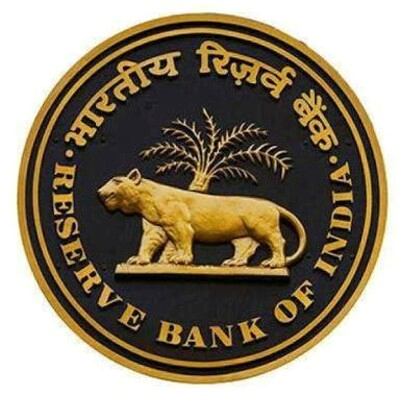RBI's Historic Surplus Transfer to Government: A Game-Changer in India's Financial Landscape
May 28, 2024, 9:34 am
In a groundbreaking move, the Reserve Bank of India's Central Board of Directors has given the green light to an unprecedented surplus transfer of Rs 2.11 lakh crore to the government for the fiscal year 2023-24. This monumental decision has sent shockwaves through the financial sector, surpassing all previous records and defying expectations. The surplus transfer, meticulously calculated based on the Economic Capital Framework established by the RBI, showcases the central bank's exceptional financial performance and strategic acumen.
The magnitude of this surplus transfer has left experts, analysts, and policymakers in awe, as it far exceeds initial projections and estimates. The unexpected windfall is a testament to the RBI's steadfast commitment to sound financial management and prudent decision-making. This surplus transfer is not merely a financial transaction; it is a symbol of the RBI's resilience and ability to navigate through challenging economic landscapes.
The implications of this historic surplus transfer are far-reaching and profound. It has the potential to reshape government borrowing, capital expenditure, and bond yields in the upcoming fiscal year. The surplus transfer could provide the government with the flexibility to reduce borrowing, thereby lowering borrowing costs and stimulating economic growth. Alternatively, it could pave the way for increased capital expenditure, fueling infrastructure development and economic expansion.
The impact of this surplus transfer extends beyond the realm of government finances. It reflects the RBI's role as a key player in shaping India's economic trajectory and fostering stability in the financial markets. The central bank's prudent management of liquidity, reserves, and risk provisioning has positioned India for a new era of financial resilience and growth.
As the dust settles on this historic surplus transfer, the stage is set for a new chapter in India's financial landscape. The RBI's bold decision-making and unwavering commitment to financial stability have laid the foundation for a brighter economic future. The ripple effects of this surplus transfer will be felt across sectors, driving innovation, investment, and growth.
In conclusion, the RBI's record surplus transfer to the government is not just a financial transaction; it is a testament to India's economic resilience, strength, and potential. As the country charts a course towards economic recovery and growth, the RBI's decisive action serves as a beacon of hope and confidence in the nation's financial future.
The magnitude of this surplus transfer has left experts, analysts, and policymakers in awe, as it far exceeds initial projections and estimates. The unexpected windfall is a testament to the RBI's steadfast commitment to sound financial management and prudent decision-making. This surplus transfer is not merely a financial transaction; it is a symbol of the RBI's resilience and ability to navigate through challenging economic landscapes.
The implications of this historic surplus transfer are far-reaching and profound. It has the potential to reshape government borrowing, capital expenditure, and bond yields in the upcoming fiscal year. The surplus transfer could provide the government with the flexibility to reduce borrowing, thereby lowering borrowing costs and stimulating economic growth. Alternatively, it could pave the way for increased capital expenditure, fueling infrastructure development and economic expansion.
The impact of this surplus transfer extends beyond the realm of government finances. It reflects the RBI's role as a key player in shaping India's economic trajectory and fostering stability in the financial markets. The central bank's prudent management of liquidity, reserves, and risk provisioning has positioned India for a new era of financial resilience and growth.
As the dust settles on this historic surplus transfer, the stage is set for a new chapter in India's financial landscape. The RBI's bold decision-making and unwavering commitment to financial stability have laid the foundation for a brighter economic future. The ripple effects of this surplus transfer will be felt across sectors, driving innovation, investment, and growth.
In conclusion, the RBI's record surplus transfer to the government is not just a financial transaction; it is a testament to India's economic resilience, strength, and potential. As the country charts a course towards economic recovery and growth, the RBI's decisive action serves as a beacon of hope and confidence in the nation's financial future.

